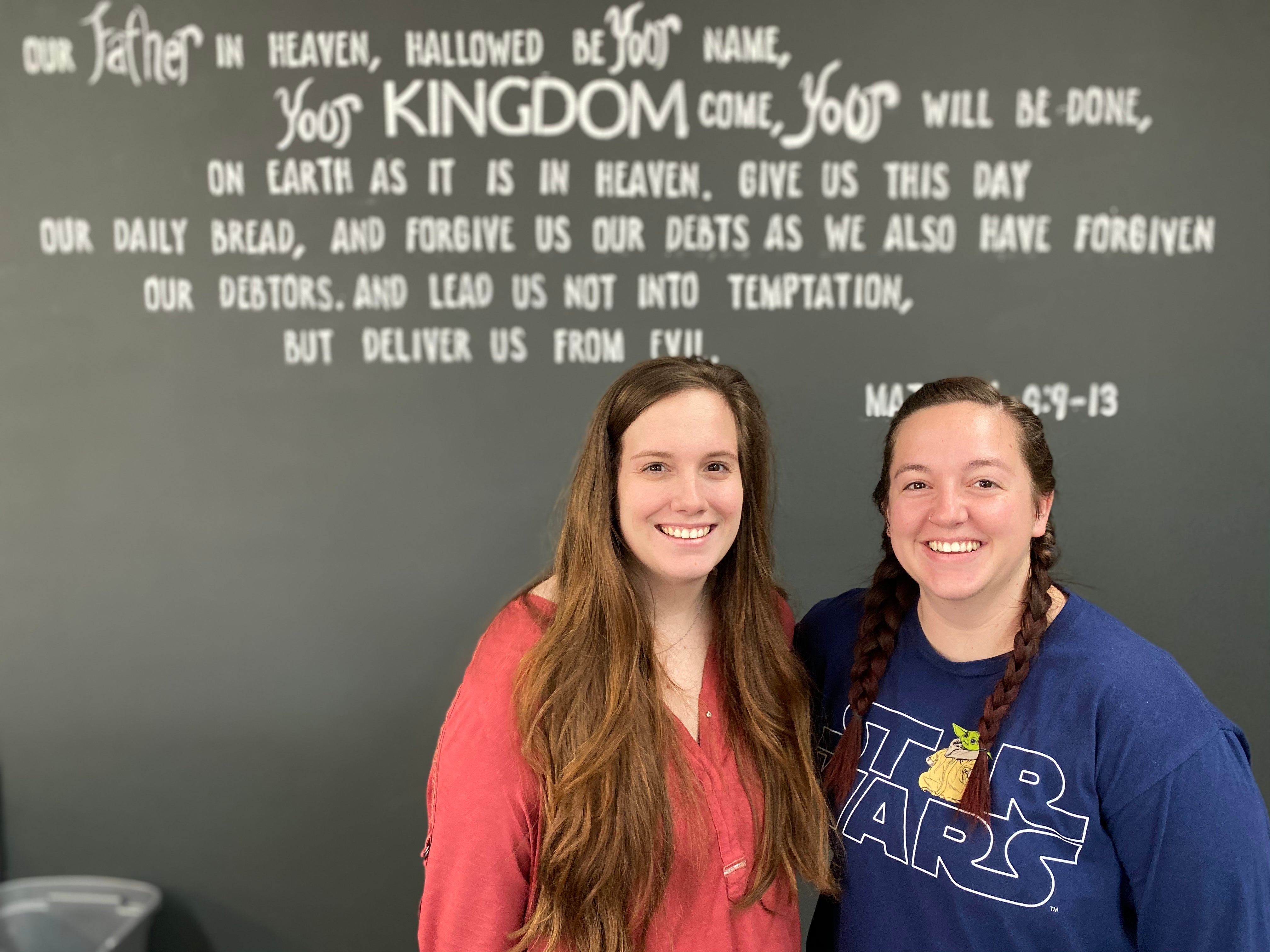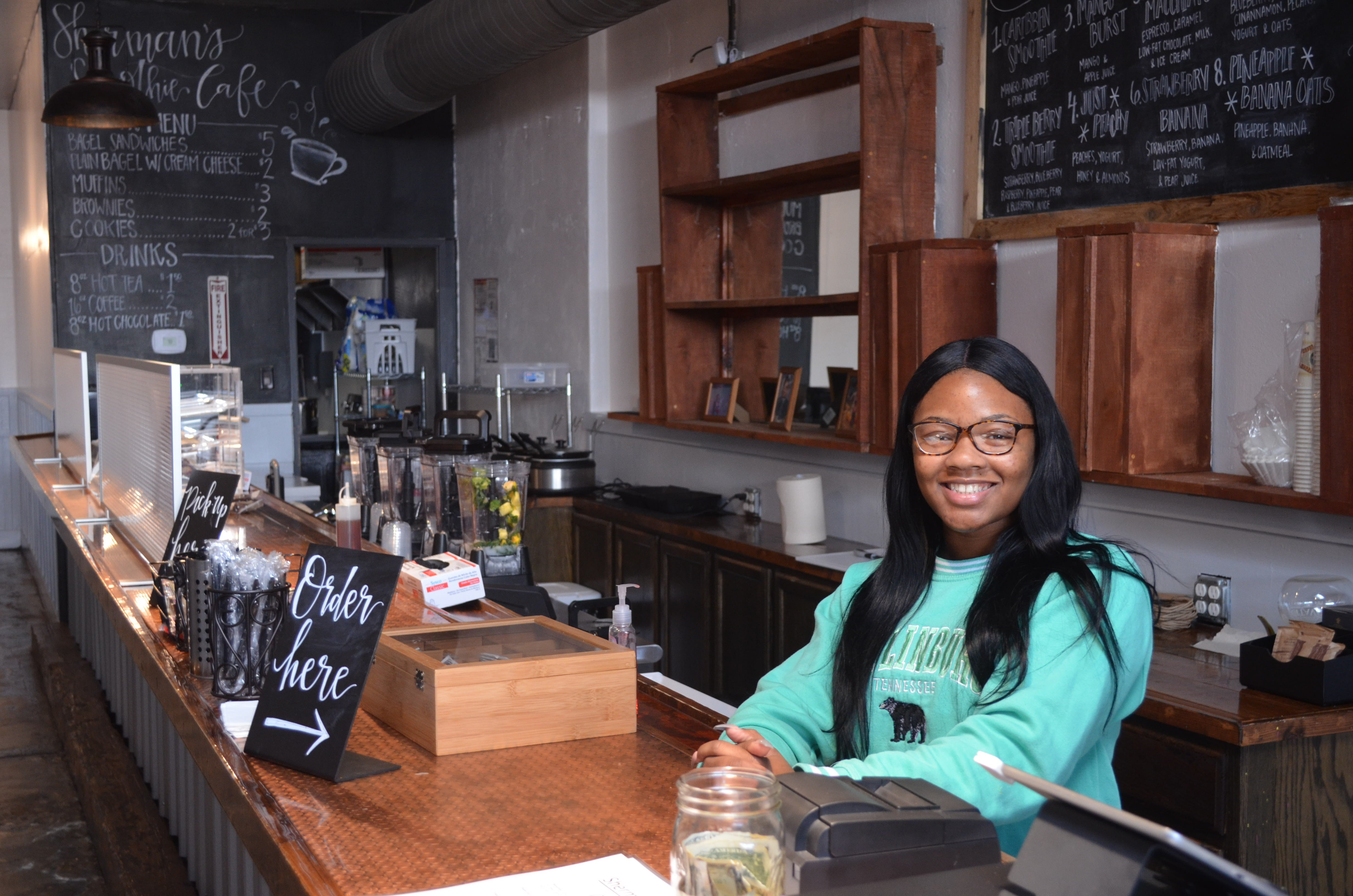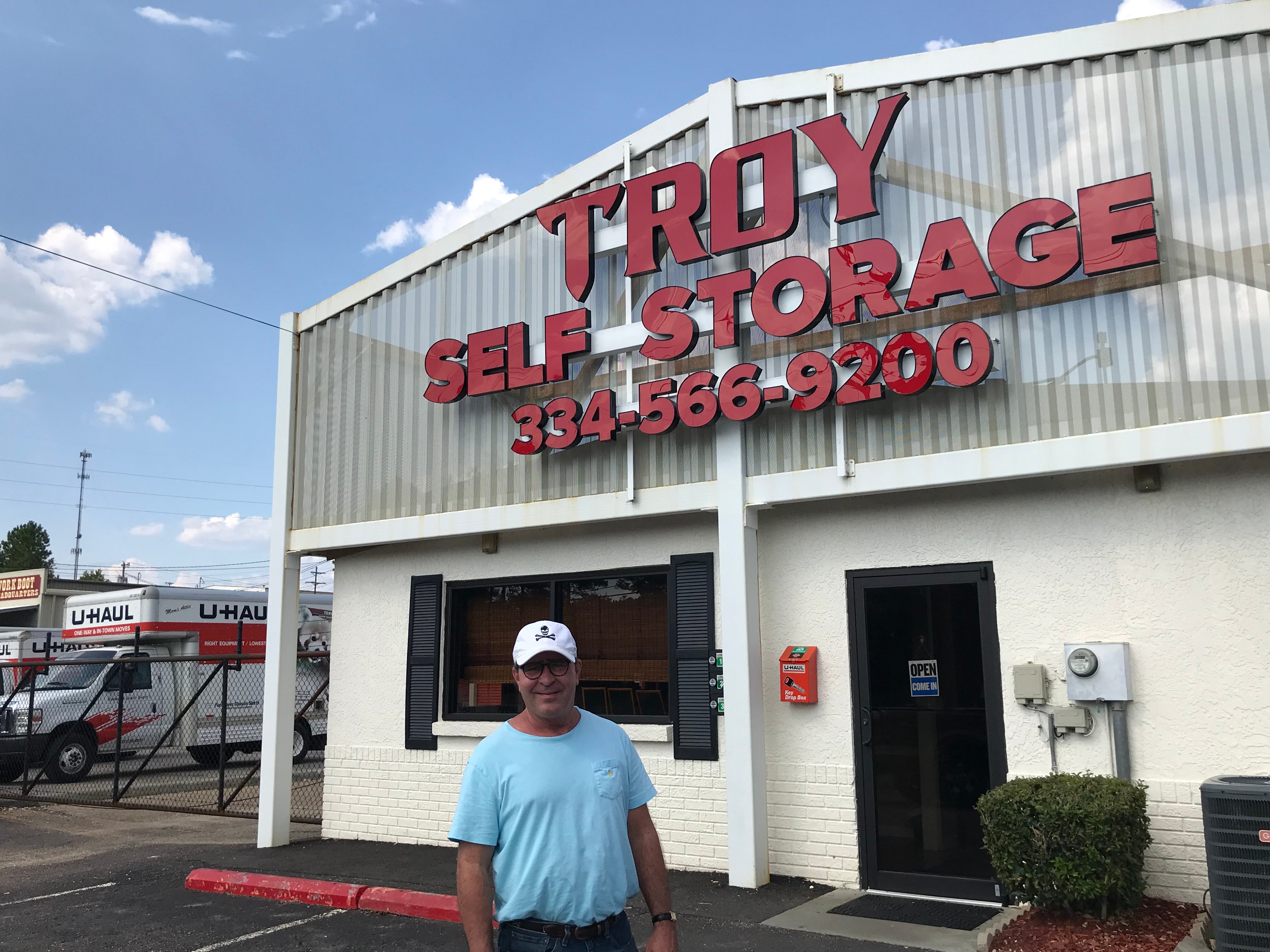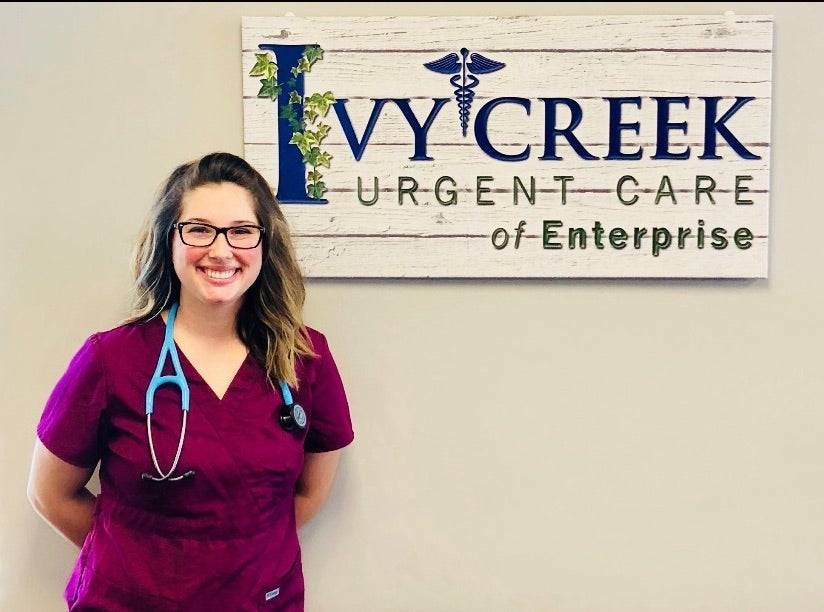Environmentally friendly
Published 12:00 am Friday, September 18, 2009
It’s something other than construction of buildings – it’s a 20-acre park dedicated to the conservation of land and streams.
Troy University is working with state agencies to create a sustainable land development, known as Janice Hawkins Park.
The university has partnered with Alabama Department of Environmental Management, Alabama Forestry Commission and Goodwyn, Mills and Cawood Inc. to build a scenic, yet wildlife sustainable park.
This park has been marketed by the university as “an opportunity to demonstrate our commitment to sustainable land development strategies for improved water quality through storm water management, invasive species control and stream restoration.”
Phase I of the project was completed in the summer, which focused on pedestrian and landscape enhancement.
“The original phase included building pathways and fountains,” Jof Mehaffey, an ecologist at Goodwyn, Mills and Cawood said.
The second phase is expected to be completed by the end of September.
“It focuses on invasive species removal,” Mehaffey said. “We are working with the Alabama Forestry Commission to remove nonnative species.”
Mehaffey said some of the nonnative species include privet, kudzu and tallow.
The invasive vegetation will be controlled through chemical application and mechanical equipment.
Another component of phase II includes stream restoration.
Mehaffey said the park originally had a straight line-degraded stream, and they are working, along with ADEM to produce a more natural flowing stream.
This part of the project was funded partially by ADEM through a Clean Water Act nonpoint source grant provided by the Environmental Protection Agency.
“We will be done with this part at the end of the month,” Mehaffey said.
The University will continue the plan as it collects funds to do so, Mehaffey said.
Future plans for the park include walking trails, boardwalk, amphitheater, swamp ecosystem, pond ecosystem, upland ecosystem, more stream restoration and a bioretention basin.





